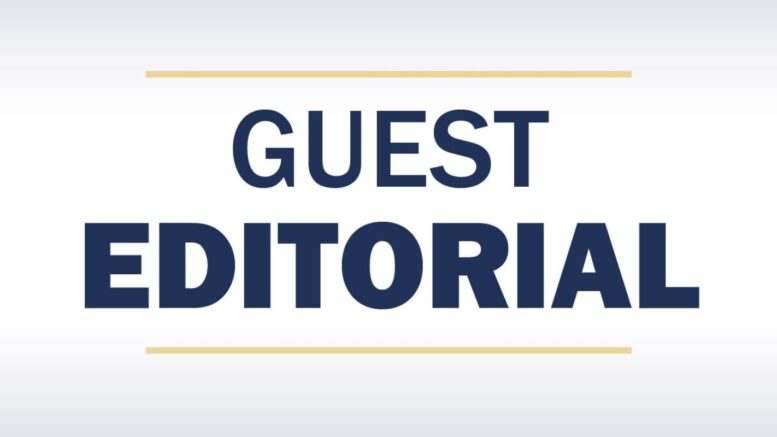Contributed by Emma Horwath, Tioga County ASAP Coalition member —
While June is coming to an end, we still have a few more days to highlight Pride Month and the LGBTQ+ community. Although Pride is often celebratory, it is also important to reflect on the significant disparities that people who identify as LGBTQ+ (lesbian, gay, bisexual, trans, queer, questioning) face across the lifecycle, particularly relating to substance use. Substance use often co-occurs with other mental health issues, including a high risk of suicide, making understanding it a high priority.
No matter the age, people who identify as LGBTQ+ are at a higher risk of substance use behaviors than those who do not identify as LGBTQ+. According to one study in 2023, LGBTQ+ high school students are more likely than their peers to engage in substance use behaviors, including alcohol, marijuana, illicit drugs, and the misuse of prescription drugs, by significant margins. High rates of substance use (drinking, smoking, marijuana), upwards of 50+%, are also consistently noted among transgender youth.
For this community, substance use doesn’t just go away once they become adults. Rather, substance use can be an up and down struggle, particularly alcohol use disorder, throughout life for adults identifying as LGBTQ+.
Given the presence and increased risk of substance use among the LGBTQ+ community, it is important to also address the relationship between substance use and mental health challenges, including suicide risk. For both youth and adults, people identifying as LGBTQ+ suffer from suicide-related behavior (self-inflicted self-harm) more often than heterosexual individuals. The risk factors for these behaviors, both suicide-related and substance use behaviors, are many and mostly related to the person’s sexual orientation identity. This includes having a history of being bullied or discriminated against, stigma, and expectations of rejection. Poor mental health, including depression, is another stressor that can be difficult to cope with.
There is good news: there are some simple solutions that each and every one of us can contribute to. Intentionally showing youth that they are accepted and respected through school and or community-organized events, and investment in LGBTQ+ community centers and student clubs is important. Having these types of safe spaces and shows of community support for young people allows them to feel less alone. Educators and other trusted adults should know and direct those in need to LGBTQ+ friendly resources, which is another way to let youth and other people in the LGBTQ+ community know they are cared for. And while this isn’t the only thing we should be doing, it is something that we can do every day to help those around us.
Although the LGBTQ+ community is disproportionately affected by substance use and various related challenges, by making all people feel welcomed and respected, all of us can help address these issues. The Tioga ASAP Coalition specifically works to raise awareness for those affected by substance use while also focusing on prevention. Other resources are also available, including the CredibleMinds platform, which provides information and resources on mental health and well-being.



Be the first to comment on "Guest Editorial: Tioga ASAP June 2025 Editorial: LGBTQ+ and Substance Use "